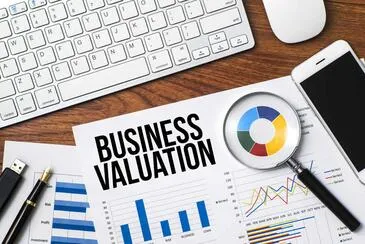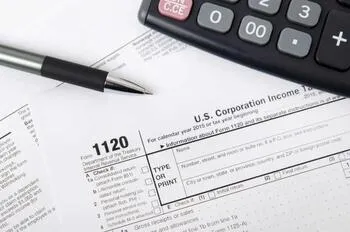Only $399 per Valuation Report
No Upfront Payment Required: Start your valuation journey with ease.
Risk-Free Service Guarantee: We stand by our expertise and quality.
Customized Detail: Receive a comprehensive, 50+ page business valuation report, tailored to your specific needs and signed by our expert evaluators.
Prompt Delivery: Expect your detailed report within five working days.







